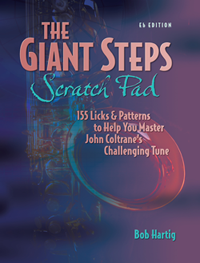My introduction to the magnificent alto saxophonist Phil Woods back in my music school days came in the form of a vinyl LP titled “I Remember.” I had been hearing of Woods’ lyrical approach and decided to acquaint myself with it. So off to the music store I went, and returned with the record album that was Woods’ tribute to some of his departed friends and musical influences–Paul Desmond, Cannonball Adderley, Oscar Pettiford, Charlie Parker, and others. The tunes, written by Phil, captured something of the personality and unique qualities of the men he had eulogized in the album.
I remember my first hearing of “I Remember.” I slapped the record on the turntable, dropped the needle, and proceeded to be utterly blown away. Phil Woods not only possessed complete mastery of the alto sax, but he also had a gorgeous, full-bodied tone and a personal, trademark sense of swing by which I’ve been able to instantly identify him ever since. Best of all, though, Phil played beautifully–and I’m using that adverb here in its strict sense. Phil’s playing on that record was truly so beautiful and so passionate that in places, it literally moved me to tears.
I have in mind the tender, deeply moving ballad “Paul,” written in tribute to Paul Desmond. Phil’s solo on that tune just took my breath away, and having listened to it again recently, I still am left speechless by its perfection. “Paul” is very possibly the most creative, flawlessly executed, and heart-wrenchingly lovely rendering of a ballad that I’ve ever heard, and its first impact on me was to raise up Phil Woods forever in my mind as the man to emulate when it came to ballad interpretation. In that I’m far from alone. Countless alto players over the years have looked to Woods as a jazz waymaker, fount of ideas, and source of inspiration.
My stack of LPs is long gone, and when I finally got to thinking about “I Remember” again a couple years ago, I couldn’t find it in a CD edition. It appeared to no longer be in publication, and regretfully, I consigned myself to never again listening to Phil’s beautiful playing on that album.
Jump forward to this Christmas. My sister Diane gave me my very first iPod (have I mentioned that I’m a slow joiner?) plus thirty dollars worth of iTune gift cards. So iTune shopping I went, and guess what I found? Of all the myriad albums to choose from, I chose “I Remember” as my first download.
You can’t imagine how thrilled I am to reacquaint myself with the collection of tunes that was my first exposure to Phil Woods. It seems impossible that thirty years have passed since that time, but today, “I Remember” still has the same effect on me as it did back then. Having developed a degree of expertise on the alto sax that I didn’t possess in those days, I find Phil’s playing to be, if anything, even more awe-inspiring and beautiful than when I first heard him. “Julian” still makes me want to shout for joy. “Charles Christopher” still floors me with its incendiary bebop.
And “Paul” still makes me cry.




